Author Archives: Mohd Irtefa
Author Archives: Mohd Irtefa
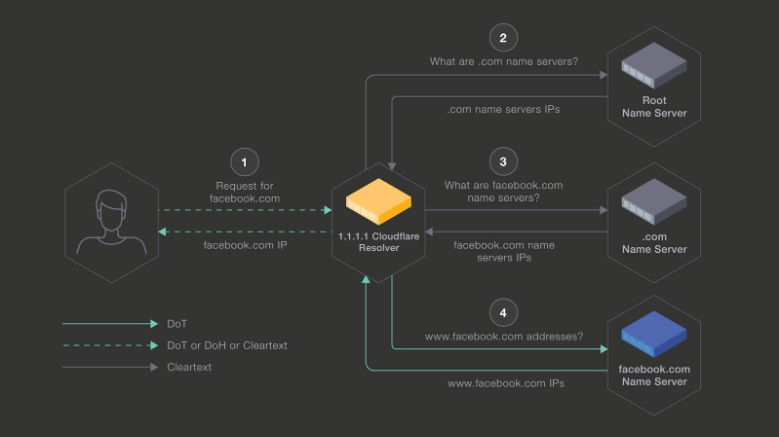
Over the past few months, we have been running a pilot with Facebook to test the feasibility of securing the connection between 1.1.1.1 and Facebook’s authoritative name servers. Traditionally, the connection between a resolver and an authoritative name server is unencrypted i.e. over UDP.
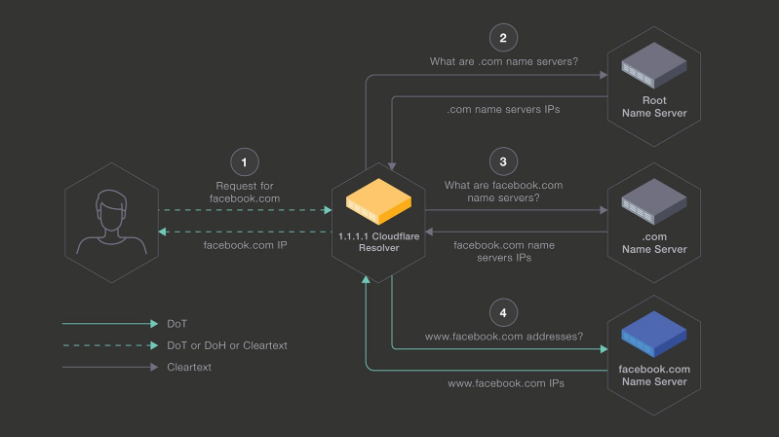
In this pilot we tested how an encrypted connection using TLS impacts the end-to-end latency between 1.1.1.1 and Facebook’s authoritative name servers. Even though the initial connection adds some latency, the overhead is amortized over many queries. The resulting DNS latency between 1.1.1.1 and Facebook’s authoritative name servers is on par with the average UDP connections.
To learn more about how the pilot went, and to see more detailed results, check out the complete breakdown over on Code, Facebook's Engineering blog.

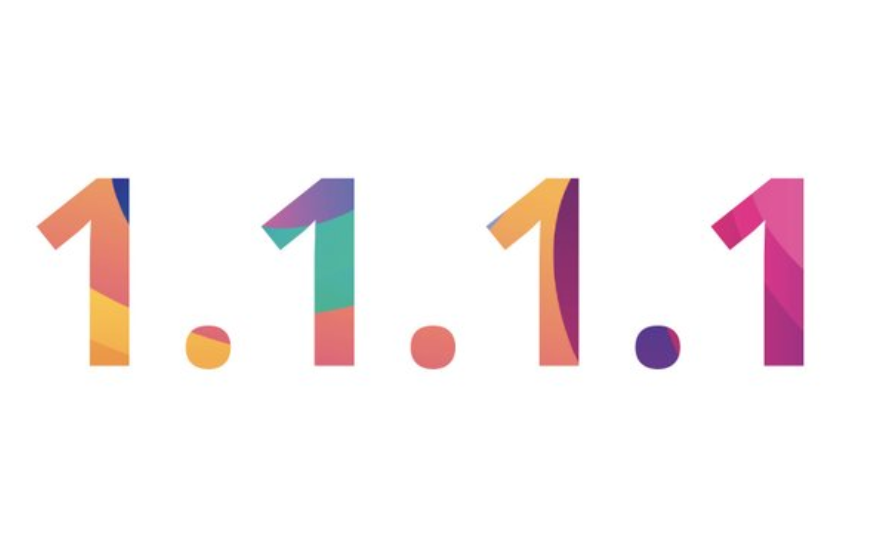
On April 1st, 2018, we announced 1.1.1.1, the fastest public DNS resolver in the world ???. Today, we are launching the 1.1.1.1 mobile app to make it incredibly easy to use 1.1.1.1 on your phone.
Any time you are on a public internet connection people can see what sites you visit. Even worse, your Internet Service Provider is very possibly selling all of your browsing history to the highest bidder. We have a tool called 1.1.1.1 which makes it easy to get a faster, more private, Internet experience, but it’s historically been too complex for many people to use, particularly on mobile devices. Today, we’re launching an app you (and everyone you know) can use to use 1.1.1.1 every time your mobile phone connects to the Internet. It’s a free, it’s easy, download it now.
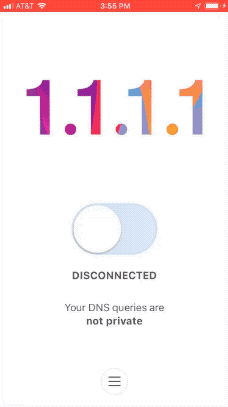
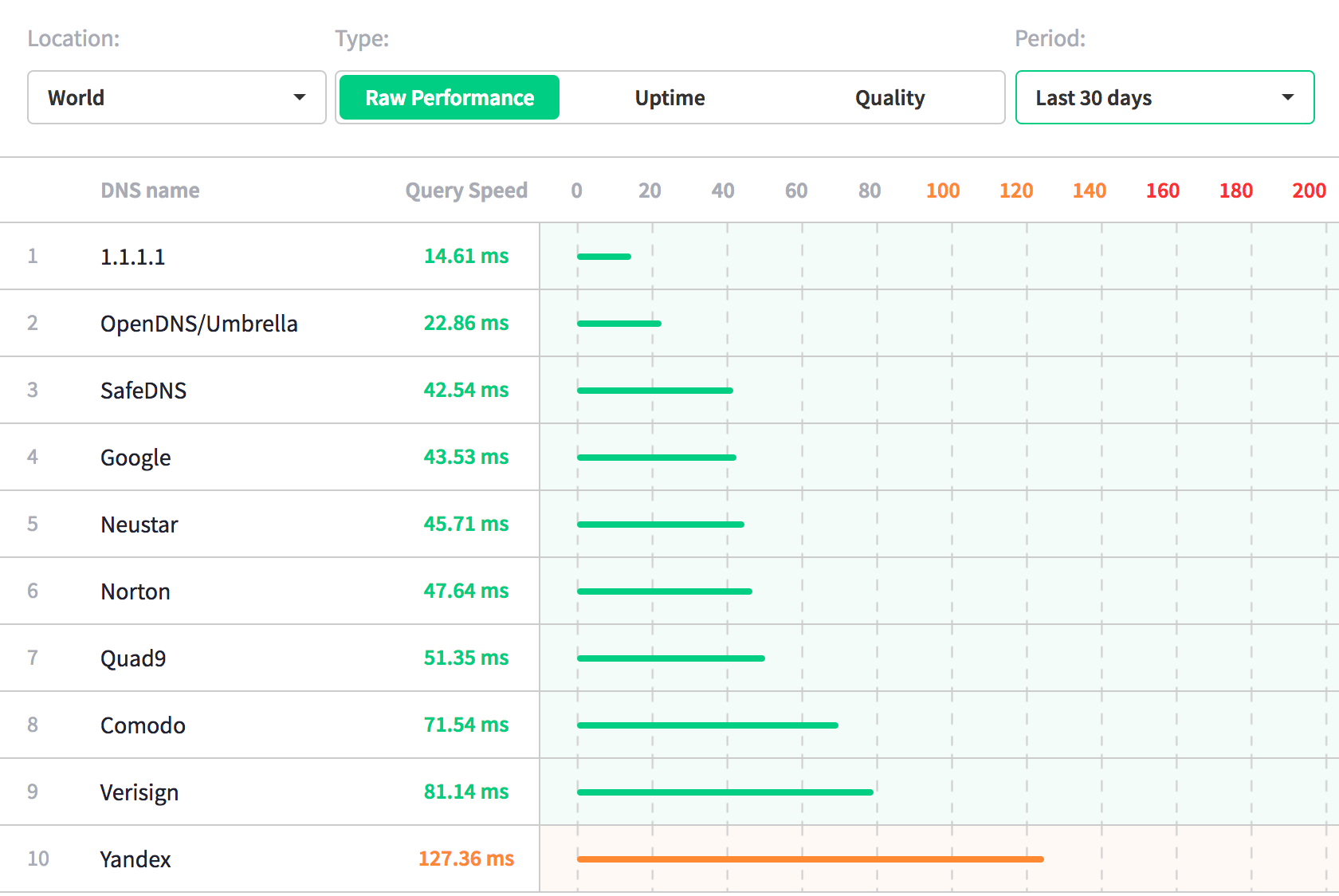
We launched 1.1.1.1 on April 1st. Frankly, we’ve been blown away by how many people actually made the switch. Changing your network settings is not easy, but if our traffic amount is any indication, many of you made the effort. Continue reading

You can now refresh 1.1.1.1’s DNS cache for domain names by using the purge cache tool. This is useful for domain owners who have updated their DNS records and want to make sure it is reflected for people who are using 1.1.1.1 as their public DNS resolver.

When a client queries for a domain against 1.1.1.1, the resolver returns the IP address from its cache. The cache TTL for a DNS entry is 3 hours. If the host specifies a cache TTL that is shorter than 3 hours, the resolver respects that. This means, when a domain owner changes the DNS host from one to another, in the worst case, she will have to wait for at least 3 hours before the old IP address expires from 1.1.1.1’s cache. With the help of the purge cache tool, a domain owner can now easily refresh 1.1.1.1’s DNS cache and will not have to wait for the cached entry to expire.

To purge a DNS record, you enter the name of your domain, pick the DNS record type and hit the ‘Purge Cache’ button.

You can Continue reading
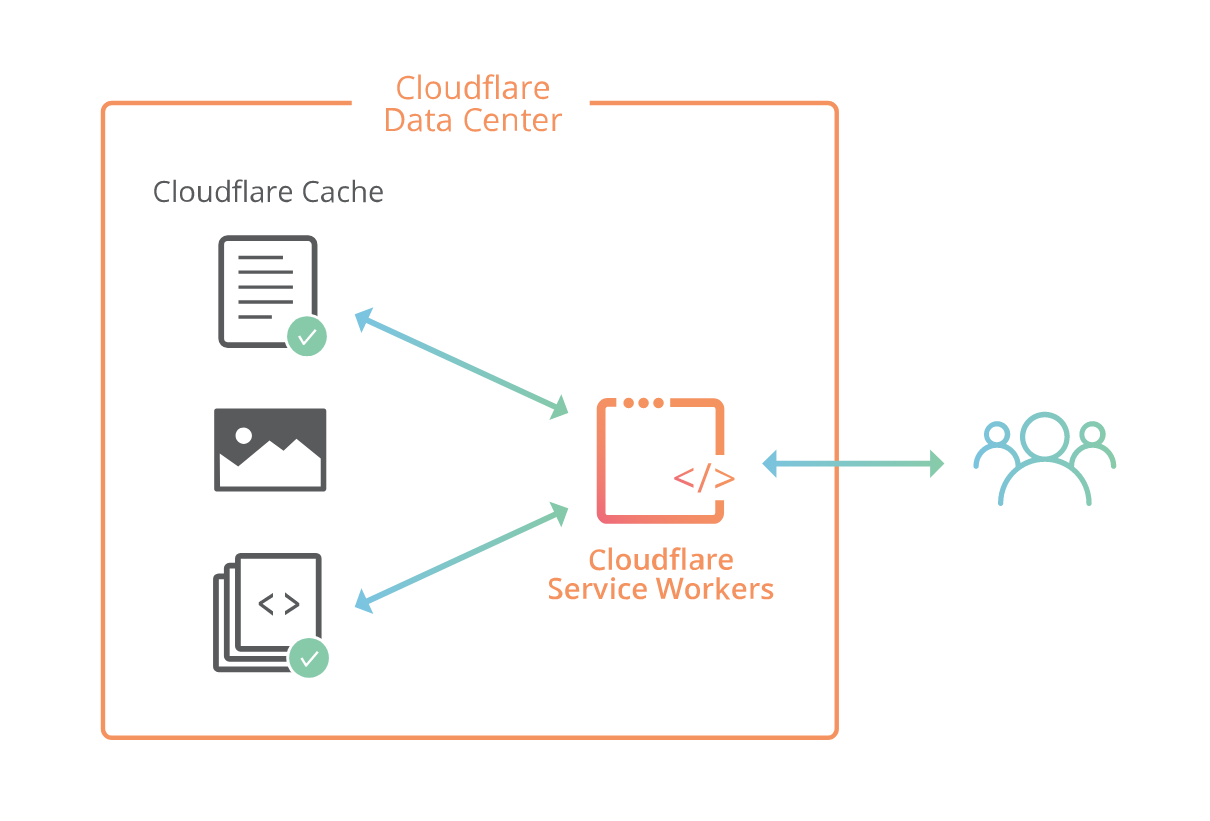
Cloudflare Workers Beta is now open!
Cloudflare Workers lets you run JavaScript on Cloudflare’s edge, deploying globally to over 120+ data centers around the world in less than 30 seconds. Your code can intercept and modify any request made to your website, make outbound requests to any URL on the Internet, and replace much of what you might need to configure your CDN to do today. Even better, it will do this from all our edge locations around the world, closer to many of your users than your origin servers can ever be. You will have a fully functional Turing-complete language in your fingertips which will allow you to build powerful applications on the edge. The only limit is your imagination.
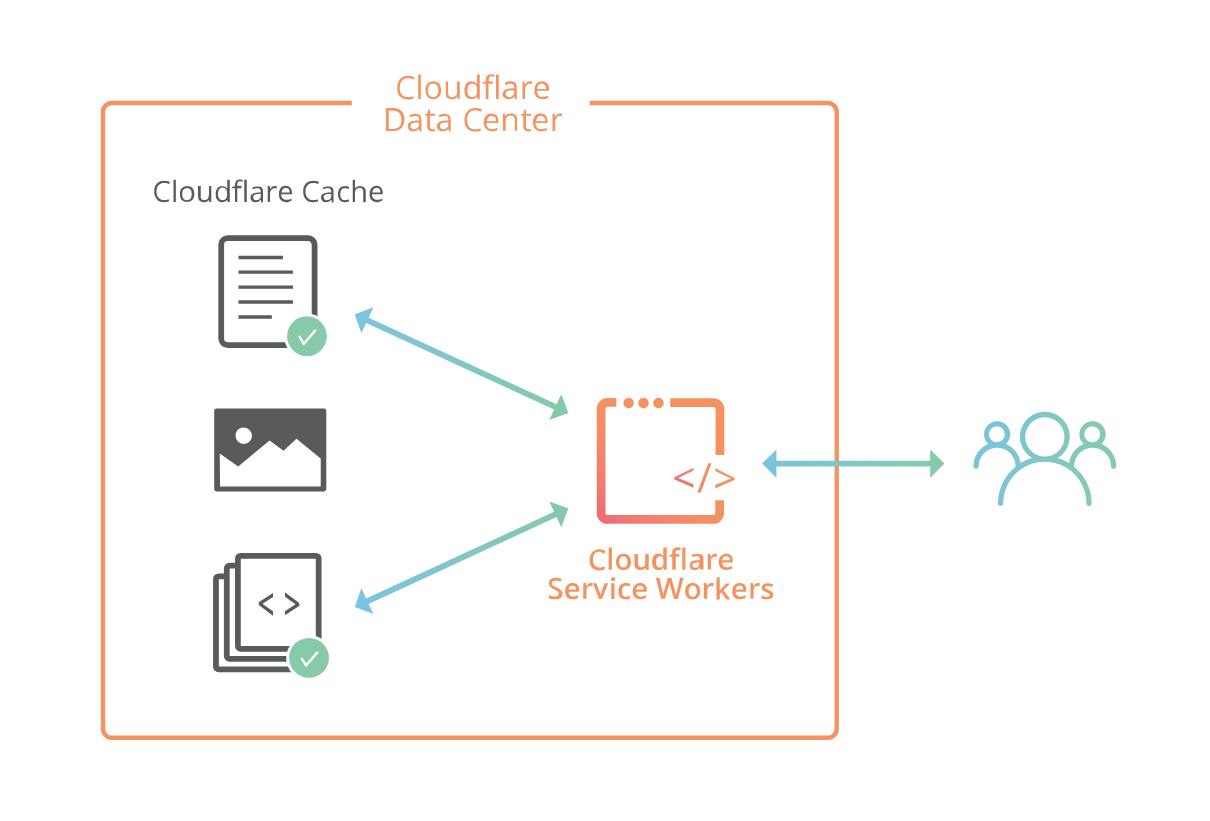
To get started:
That’s it!
You can start by writing a simple ‘hello world’ script, but chances are that you are going write Workers that are more complicated. You can check out our page with recipes to: